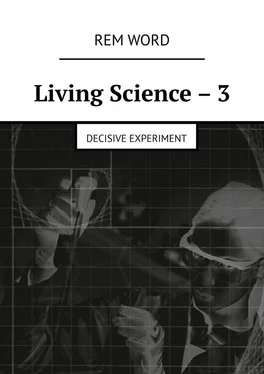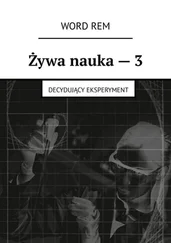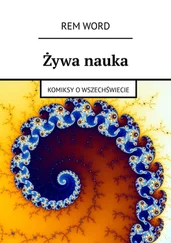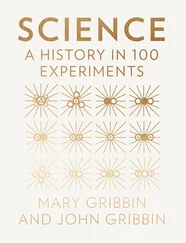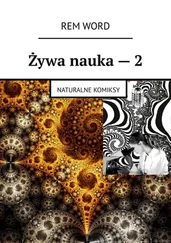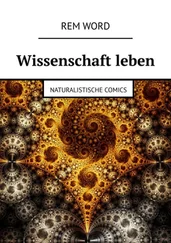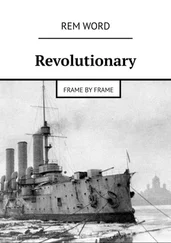Living Science – 3
Decisive experiment
Word Rem
© Word Rem, 2021
ISBN 978-5-0055-5024-8 (т. 3)
ISBN 978-5-0055-5025-5
Created with Ridero smart publishing system
What is "Science of the Future"? It is very difficult to predict this. Until the twenty-first century, people talked about giant dams, cities under a glass dome in the Arctic Circle, bases on the Moon and apple orchards on Mars. Time has adjusted forecasts. Since the beginning of the Millennium, electronic means of processing and disseminating information have been spreading. Reality is no longer so important to people. A wide range of sensations from touching it is given by personal computers, mobile phones, which are hardly distinguishable from them, news feeds, films and realistic games.
The development of space research occurs most of all at the level of enthusiasts – individuals with financial resources.
Much in science itself depends on individual researchers. Everything starts with them. Powerful state institutions, in the best case, only pick up their ideas.
So what, in subtle details, "Science of the Future" – you ask. – Does the author know something, or is he just thinking about it?
– But how do you react to such an assumption that pure science is able to reveal intelligent, or only with the rudiments of reason, creatures that live next to us? The results of experiments and, in general, our whole life depend on their will. They can be subjugated and used as you see fit. Own economic welcoming brownie, sculpted according to all the rules from ethereal matter – this is also the Science of the Future.
How do you feel about this?
Or, the state will be interested in the fact that by creating a semblance of temples or pyramids, it is possible to achieve a certain influence on the consciousness of millions and billions of citizens. And this is more likely not a religion, but technocratic magic. Managing people without advanced tracking systems, video cameras and smartphone spies is the limit of the officials' imagination. Or such structures can be used by religious preachers who want an immediate increase in spiritual wealth.
How do you feel about the fact that Living Science, relying on the material similarities of objects of the past in the present, will effectively restore everything that once existed? Yes, exactly, from an earthen jug of the time of King Xerxes to, imagine, a man?
Hard.
I suggest you, reader, researcher, to disassemble the scattering of my experiments. Here, amidst rusty debris, jumbled wires, and white-light lamps, you will find the Grain
Light is faster than light
… From the science known to us, taught in schools, has spun off, now already similar to magic, its secret peak. It happened in the first half of the twentieth century.
First of all, scientists, whose portraits you see on the pages of textbooks, introduce the provision that light particles do not have a rest mass. These corpuscles themselves lose the status of material formations and are henceforth called "pure energy". And, this despite the fact that energy is an abstract meaning, it is just the body's ability to do work. A particle with an electric charge, spin, a complex internal structure turns into a quantum of energy that does not have any of the presented characteristics. How is this possible? This state of affairs seeks to represent the Special and General Theories of Relativity, formulated at the beginning of the twentieth century.
There is a basis for the creation of the theory of SRT and GRT. This is a curious behavior of light. First, its speed seems to be always the same. It is equal to the constant C – 300 thousand kilometers per second, even when the source moves towards the observer. The principle of arithmetic addition of velocities does not apply here. Otherwise, the starry sky would appear to us as a set of glowing lines. The stars move fairly quickly and revolve around their axis. If their speed were transferred to particles of light, photons, arriving at an observer on Earth sooner or later, would blur the image of the star. But is this a reason for the statement: "The speed of light does not depend on the movement of the source"? Yes and no. Photons with a speed different from C exist. This is a common occurrence.
However, the method of registering them should be different.
The Mössbauer effect is known.
Two crystals cooled to almost absolute zero, with barely vibrating atoms, are not able to exchange quanta, unless they begin to move relative to each other at a speed of several centimeters per second. The quanta fly through the crystal without finding an atom with a suitable absorption spectrum. As soon as the absorber of quanta starts to move, photons pass through it and are registered by the detector.

The starry sky is made up of dots, not luminous lines.
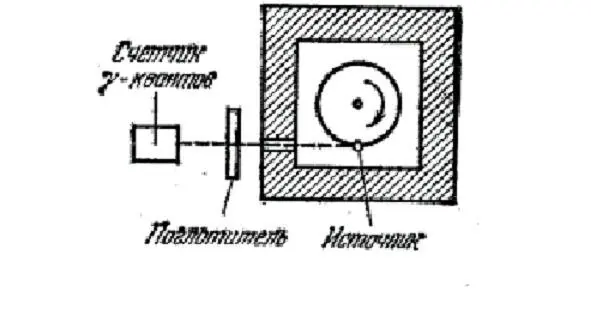
The gamma counter stops receiving radiation when the speed of the radioactive crystal is sufficient
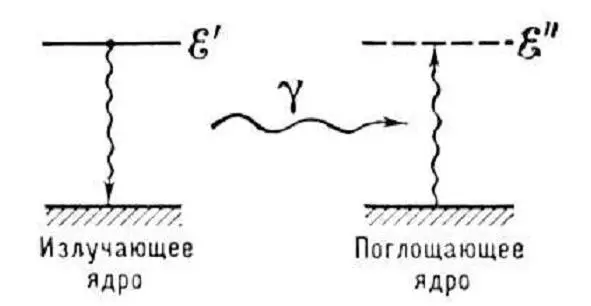
Process diagram. The condition for the reception of a gamma quantum by the nucleus is the equality of the levels of radiation – absorption of the elementary receiver and transmitter.
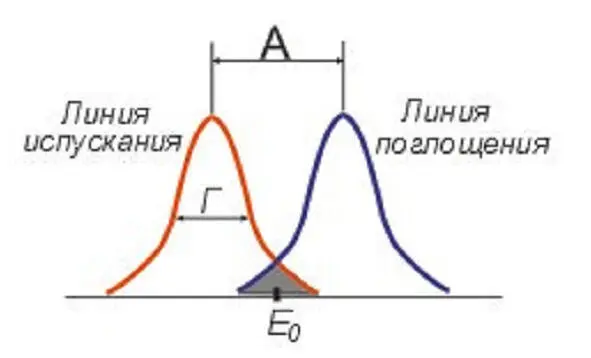
For a successful quantum transfer, the absorption and emission lines must cross. This is possible only when two objects – a transmitter and a receiver – have a mutual velocity lower than the thermal velocities of their constituent microparticles.
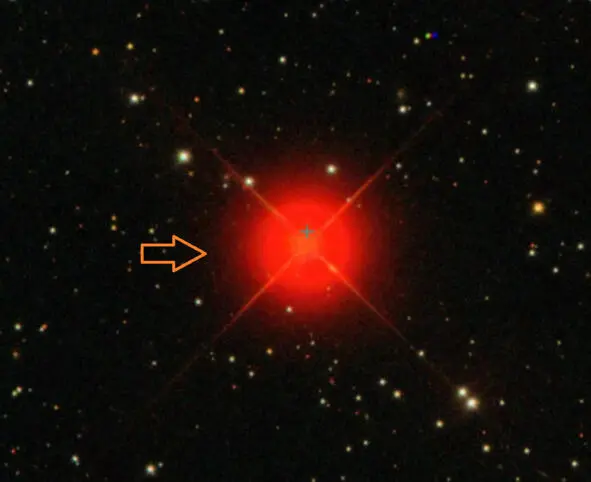
Proxima Centauri, the closest star to the Sun (red dwarf). This star belongs to the Alpha Centauri system and revolves around a common center of mass. Don’t you think that this dwarf has a semblance of a «tail» of lagging photons?
In other words, the emission lines must either completely coincide or intersect. If objects have a lot of elementary particles moving with thermal velocities in all directions, the possibility that they will "see" each other, even moving with considerable speed, remains. And yet, the speed of mutual movement, until the complete disappearance of optical contact, is limited.
We do not see these celestial bodies as optical similarities of comets due to the fact that the speed of light is limited by the intersection of emission-absorption lines in our eyes and the matter of stars. Otherwise, for example, Barnard's "flying" star, which moves across the firmament the diameter of the moon in 170 years, would look like a tailed star. But – we must look more closely. Perhaps artificially created ideas about the finiteness of the speed of light prevent astronomers from noticing a certain blurring of stars (and especially double stars) in the direction of travel.
…One of the author’s long-standing experiments is the transillumination of a rotating semitransparent disk. The photographs show that closer to its edge, where the linear velocity is higher, the screen becomes more transparent (whereas with a stationary disc, the illumination is uniform). The higher the mutual speed of the light source and the obstacle, the lower the probability of absorption by the screen of «non-standard» quanta.
Читать дальше
